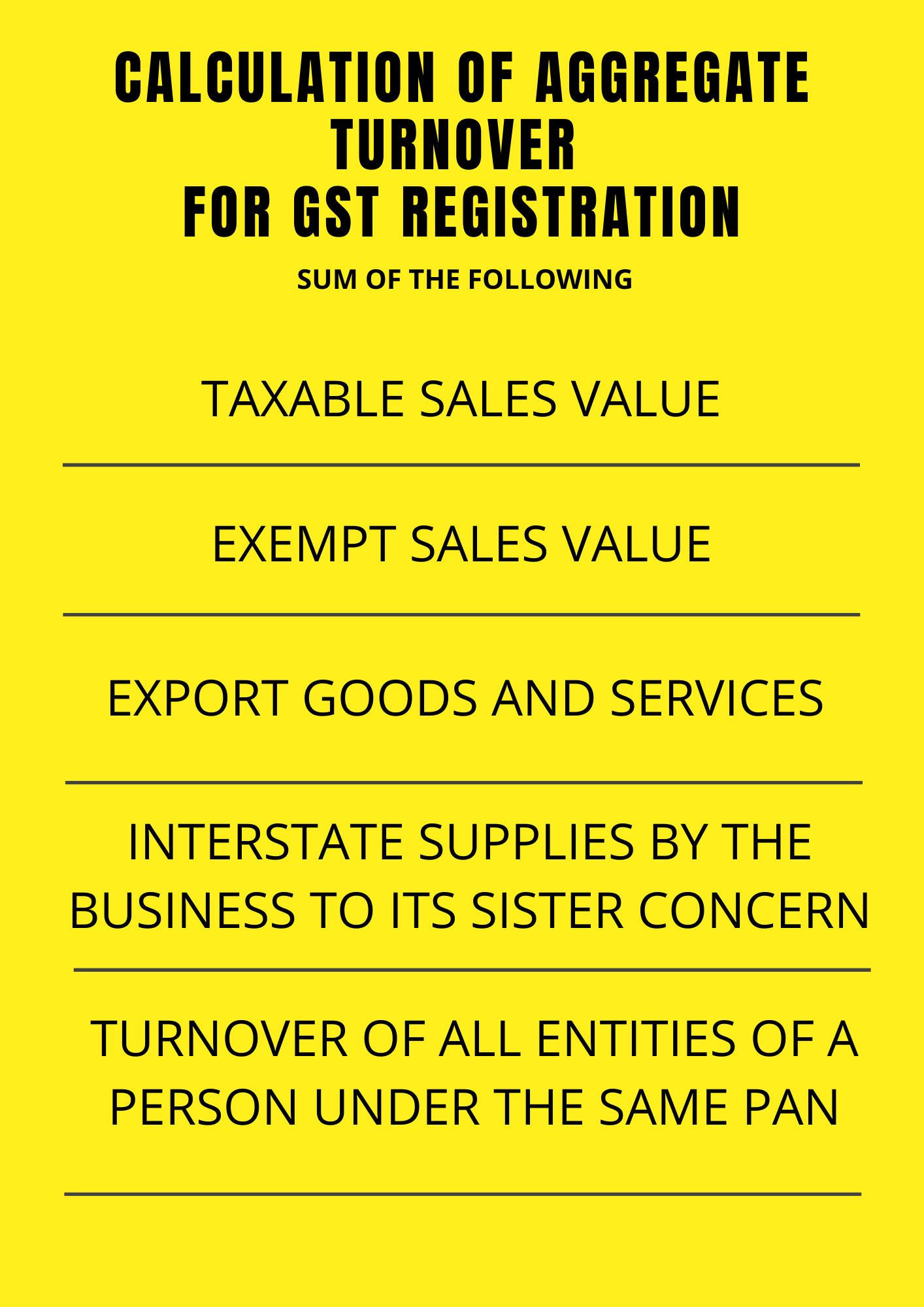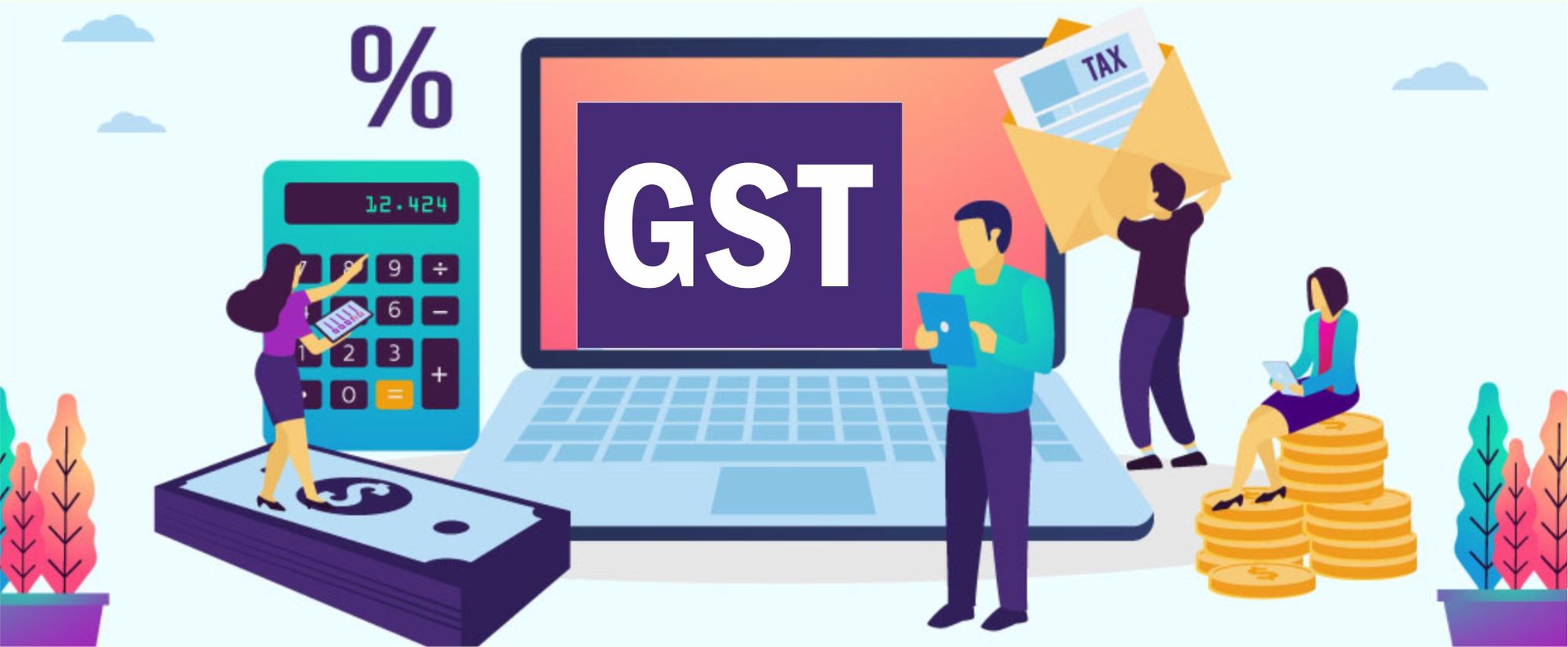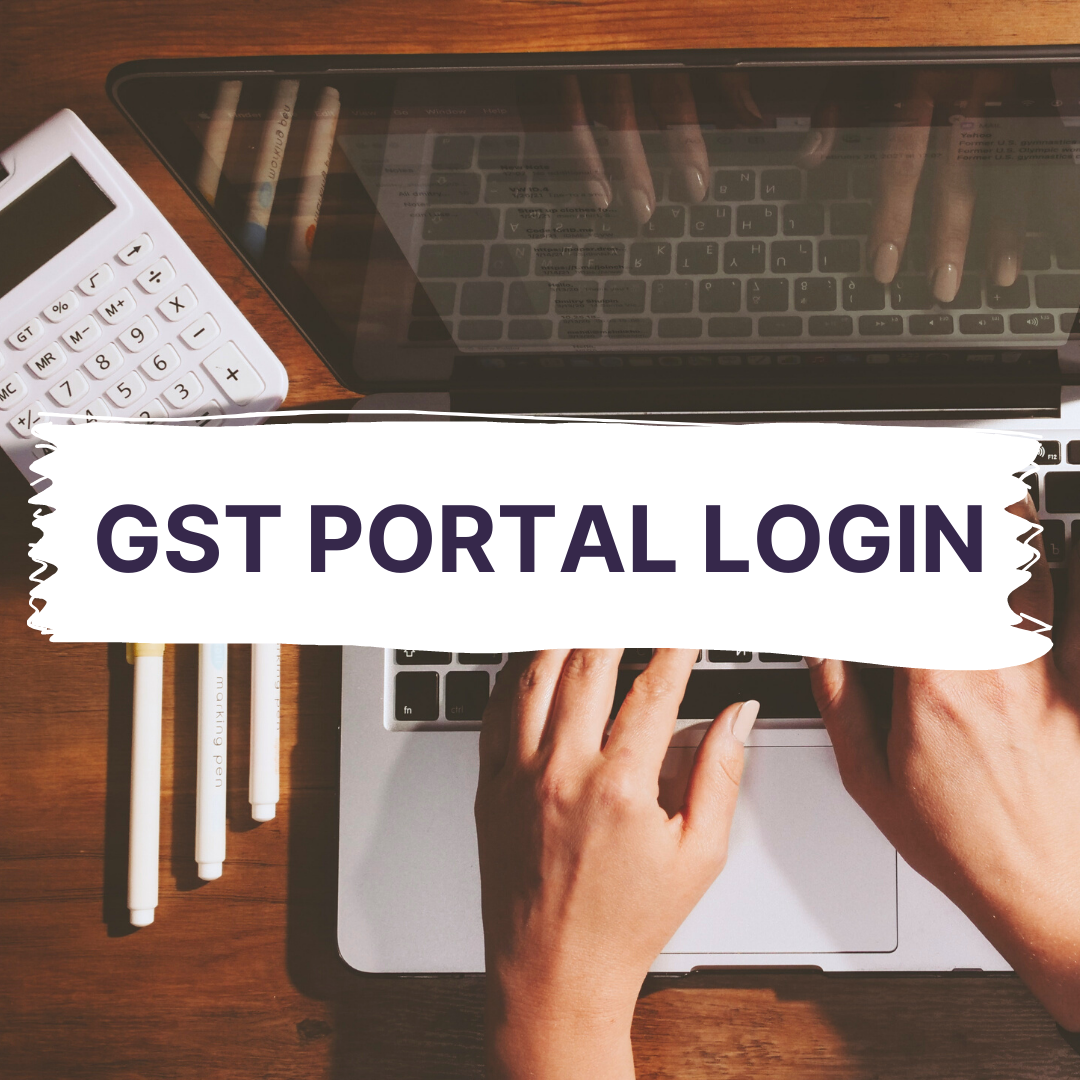As we all know that GST registrations are mandatory for anyone with an aggregate turnover, in a financial year exceeding Rs.20 lakhs or Rs.40 lakh for a supplier of goods has to mandatorily register under Goods and Services Tax.

For all those who might have a confusion as to what is aggregate turnover in GST registration and how to calculate it, this article is all you need to understand it. This article will explore the following points.
- What is aggregate turnover?
- Purpose of aggregate turnover.
- List of special category states.
- How to calculate aggregate turnover?
Let’s delve into it!
What is Aggregate Turnover?
Aggregate turnover is the aggregate value of all taxable supplies, exempt supplies, exports of goods or services or both and inter-state supplies of persons having the same Permanent Account Number, to be computed on an all-India basis but excludes Central tax, State tax, Union territory tax, Integrated tax and cess.
This excludes the value of inward supplies on which tax is payable by a person on reverse charge basis. The annual aggregate turnover is calculated from April of a year and ends March of the next year. But what is the purpose of the aggregate turnover? Let’s try to understand.
Purpose of Aggregate Turnover
The main term for GST registration is the aggregate turnover. As per GST law, any entity with an annual turnover of above Rs.20 lakh can opt-out of registering GST. For special category states excluding the State of Jammu and Kashmir entities with an annual turnover of above Rs.10 lakh can opt-out of registering GST.
The GST shall calculate the accumulated turnover by taking together the value in respect of the activities carried by all the entities of the concerned person on a pan-India basis.
List of Special Category States
Here is a list of states that are assigned special status under Goods and Services Tax:
- Arunachal Pradesh
- Assam
- Jammu & Kashmir
- Manipur
- Meghalaya
- Mizoram
- Nagaland
- Sikkim
- Tripura
- Himachal Pradesh
- Uttarakhand
The aggregate turnover for all the above states has been kept at Rs. 10 lakh. So a similar model will apply here as well, however the numbers will get adjusted.
How to Calculate Aggregate Turnover in GST Registration?

For the purpose of registration, where turnover limit applies, one has to calculate the aggregate turnover during the year. The Aggregate Turnover of the year shall be sum of following:
1. Value of all taxable supplies
2. Value of all exempt supplies
3. Value of export supplies
4. Value of inter-state supplies
5. Turnover of all entities of a person under the same PAN
Incase of the special states, take for instance, the aggregate turnover of farmer Mr. Sumi living in Nagaland earns Rs. 15 lakh from agriculture. His taxable turnover from the sale of plastic bags is only Rs. 50,000. Mr. Sumi will still have to register under GST as his aggregate turnover exceeds the threshold limit of Rs. 10 lakh for special category states.
The Government may, at the request of a special category State and on the Council’s recommendations, increase the aggregate turnover referred to in the law from ten lakh rupees to such level, not exceeding twenty lakh rupees, and subject to such conditions and limitations, as may be prescribed in the CGST Act, 2018.
As a result, the threshold limit for the states of Jammu and Kashmir, Arunachal Pradesh, Assam, Himachal Pradesh, Meghalaya, Sikkim, and Uttarakhand remains Rs.20 lakhs as of 1st January 2019, and Rs.10 lakhs for the states of Manipur, Mizoram, Nagaland, and Tripura.
Easy GST Registrations with Deskera
GST often may seem like a complicated process that you don’t want to get your hands dirty into. However, if you fulfill the criteria of the GST registrations, you don’t have any option but to get your GST registrations which can be a headache. What if you had a software like Deskera Books that can help with a time-saving strategy for managing your work contacts, invoicing, bills and expenses. You can also import opening balances and set up chart accounts through it.
Deskera Books is software that enables you to generate e-Invoices for Compliance with the Indian jurisdiction. It lets you easily create e-invoices by clicking on the Generate e-Invoice button.
Now that you have Deskera, you can easily manage your journals. A single interface gives you access to all remarkable features, including the ability to add products, services, and inventory.
You can automatically generate and send invoices using this accounting software. Further, creating financial statements has become considerably easier thanks to the software, which lets you draft balance sheets, income statements, profit and loss statements, and cash flow statements.
Here is a quick tutorial for your reference
GST and the process related to this can turn out to be troublesome for most people. This is where Deskera can help you. With Deskera blogs, you can understand the topics such as GSTR1, GSTR2A, GSTR 2B, GSTR3B, etc. in a better manner.
You can even manage your business contacts, invoicing, bills, and expenses with Deskera Books. Not only this, you can even import opening balances and create chart accounts through it.
No matter where you are based, Deskera books will handle all your core business tasks with much ease. With Deskera Books by your side, you can say goodbye to all your accounting troubles.
Key Takeaways
A business whose aggregate turnover in a financial year exceeds Rs.20 lakhs or Rs.40 lakh for a supplier of goods has to mandatorily register under Goods and Services Tax.
- Value of all taxable supplies, value of all exempt supplies, value of export supplies, value of inter-state supplies, turnover of all entities of a person under the same PAN.
- If a person who is not eligible or not willing to opt for composition scheme has to opt for regular scheme.
- Opt-ing for composition scheme, taxpayers with Aggregate Turnover lesser than 1.5 crores (INR 75 lakh in case of supplies from special category states) can opt to pay a fixed rate as GST under the Composition Scheme.
- Registered persons whose Aggregate Turnover exceeds INR 2 crore during a financial year are liable for GST Audit.
- Aggregate Turnover is calculated on the Permanent Account Number (PAN) basis. This means if an individual has four branches (having the same PAN) in 4 different states, turnover of all branches will be considered to ascertain Aggregate Turnover.
- The value of exported goods or services, exempted goods or services, inter-state supplies between distinct persons having the same PAN would be added to ‘Aggregate Turnover.’
Related Articles











